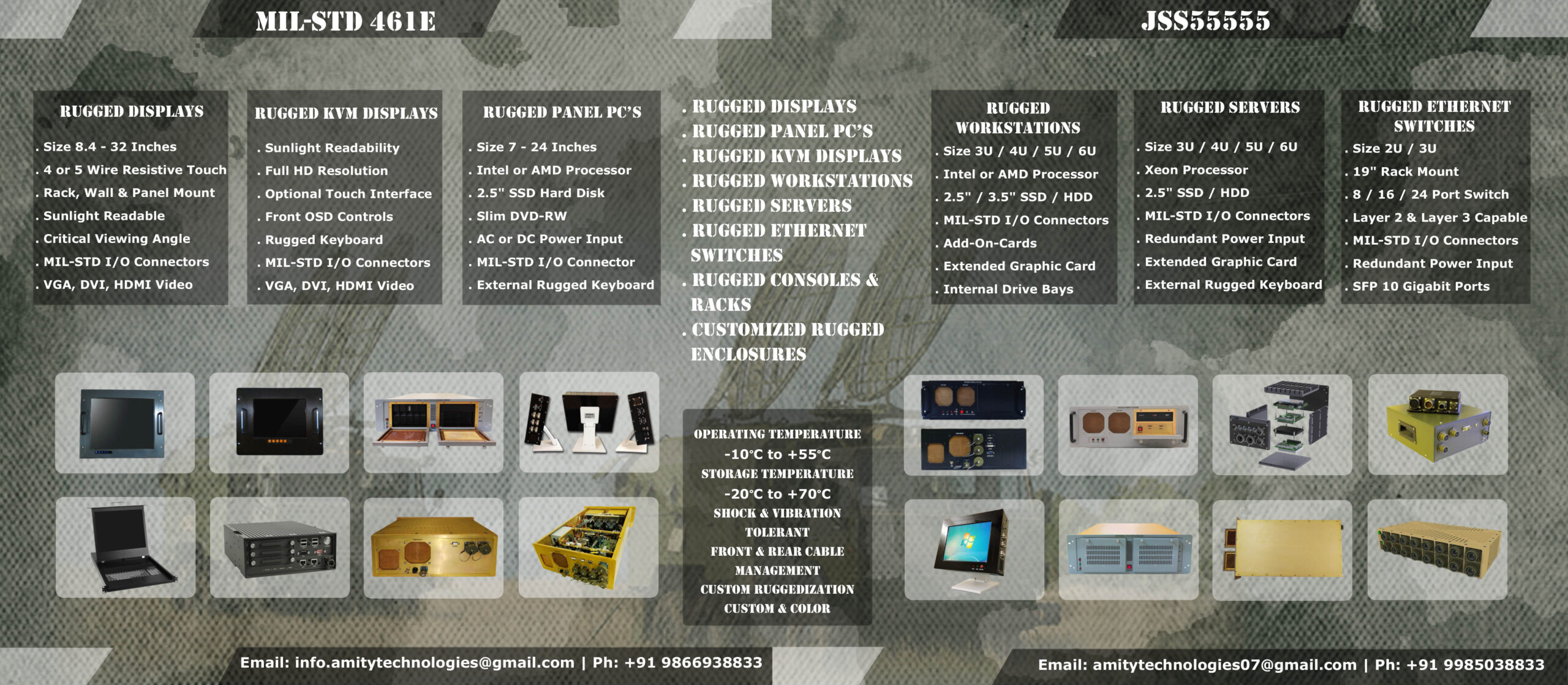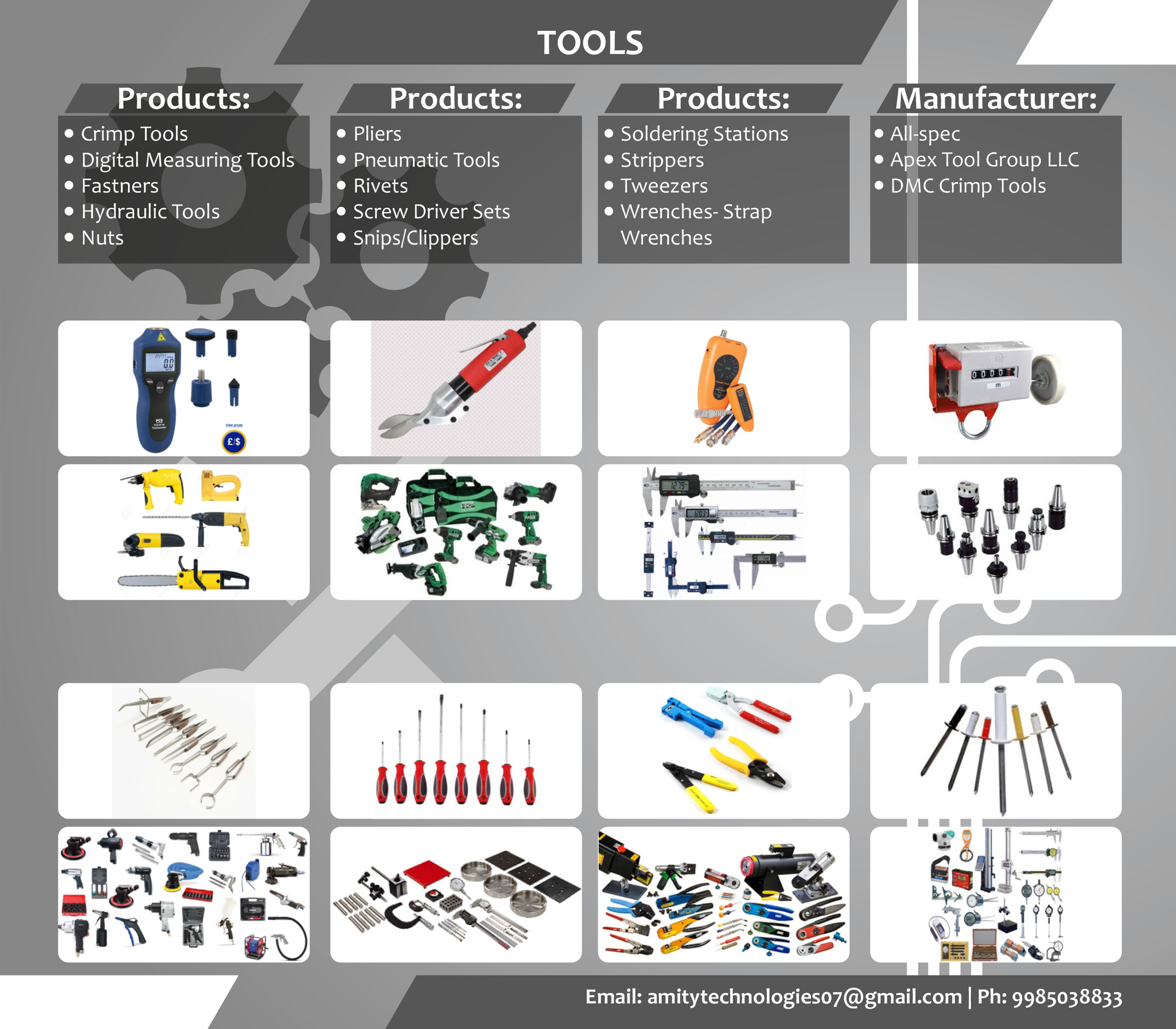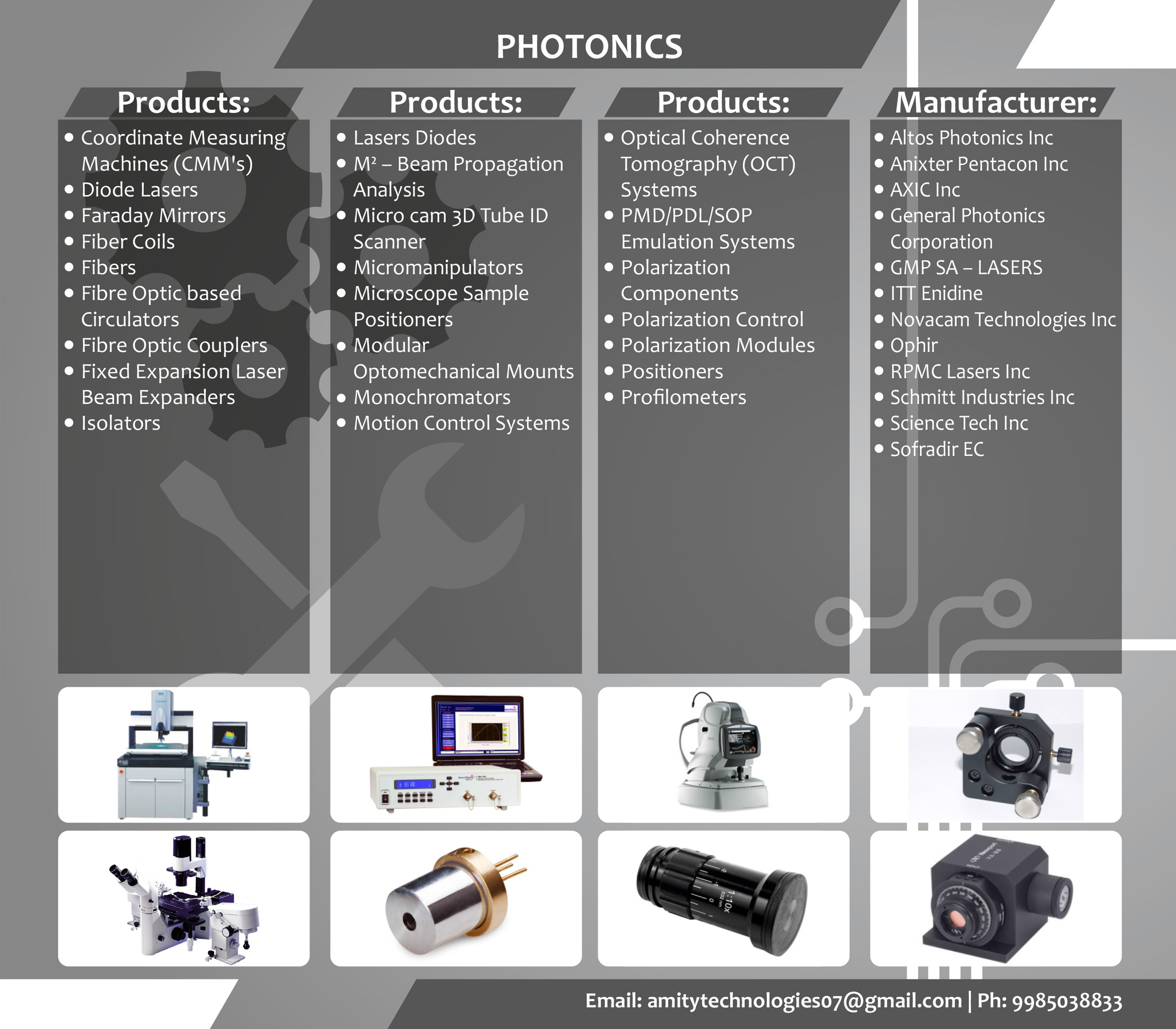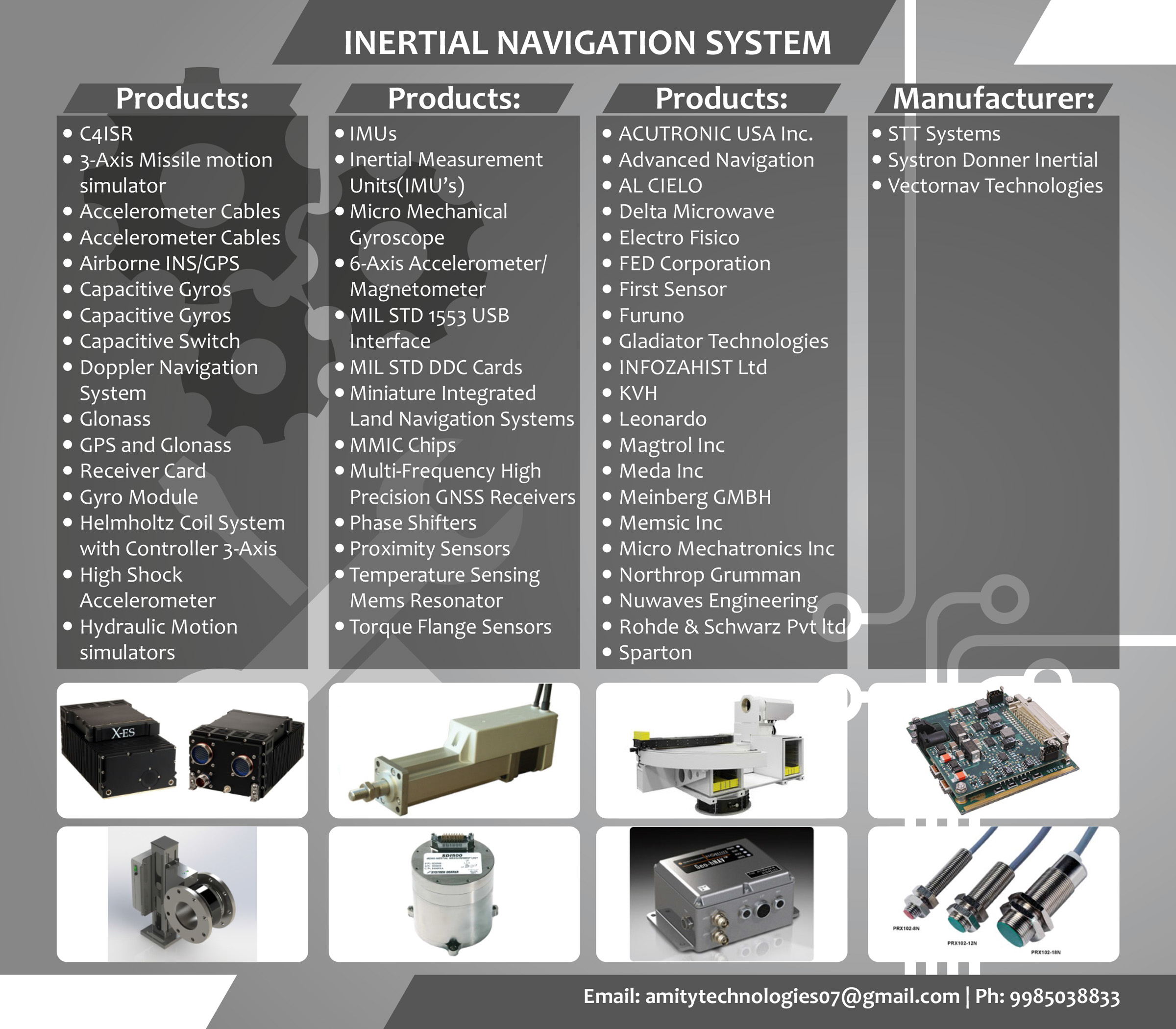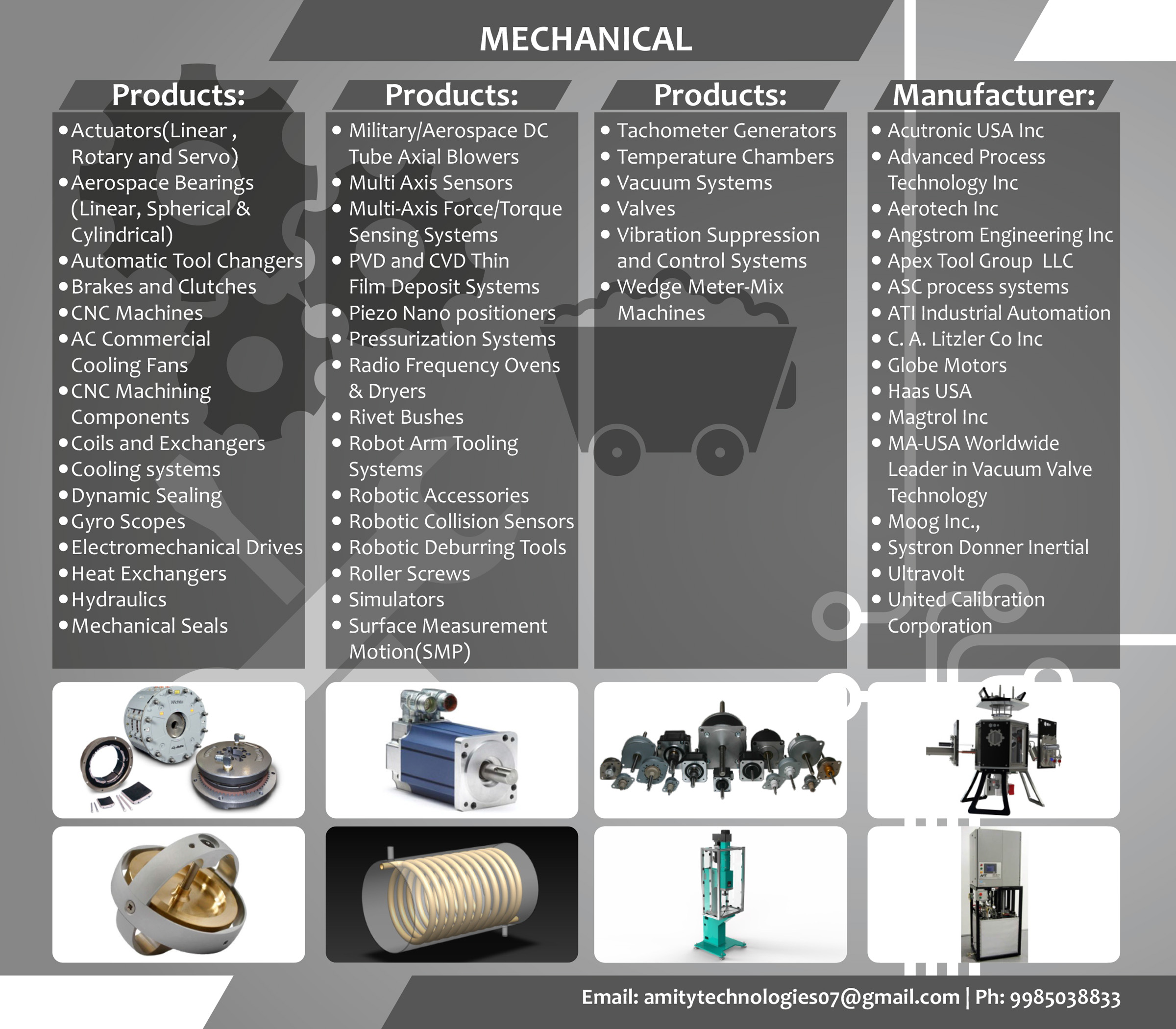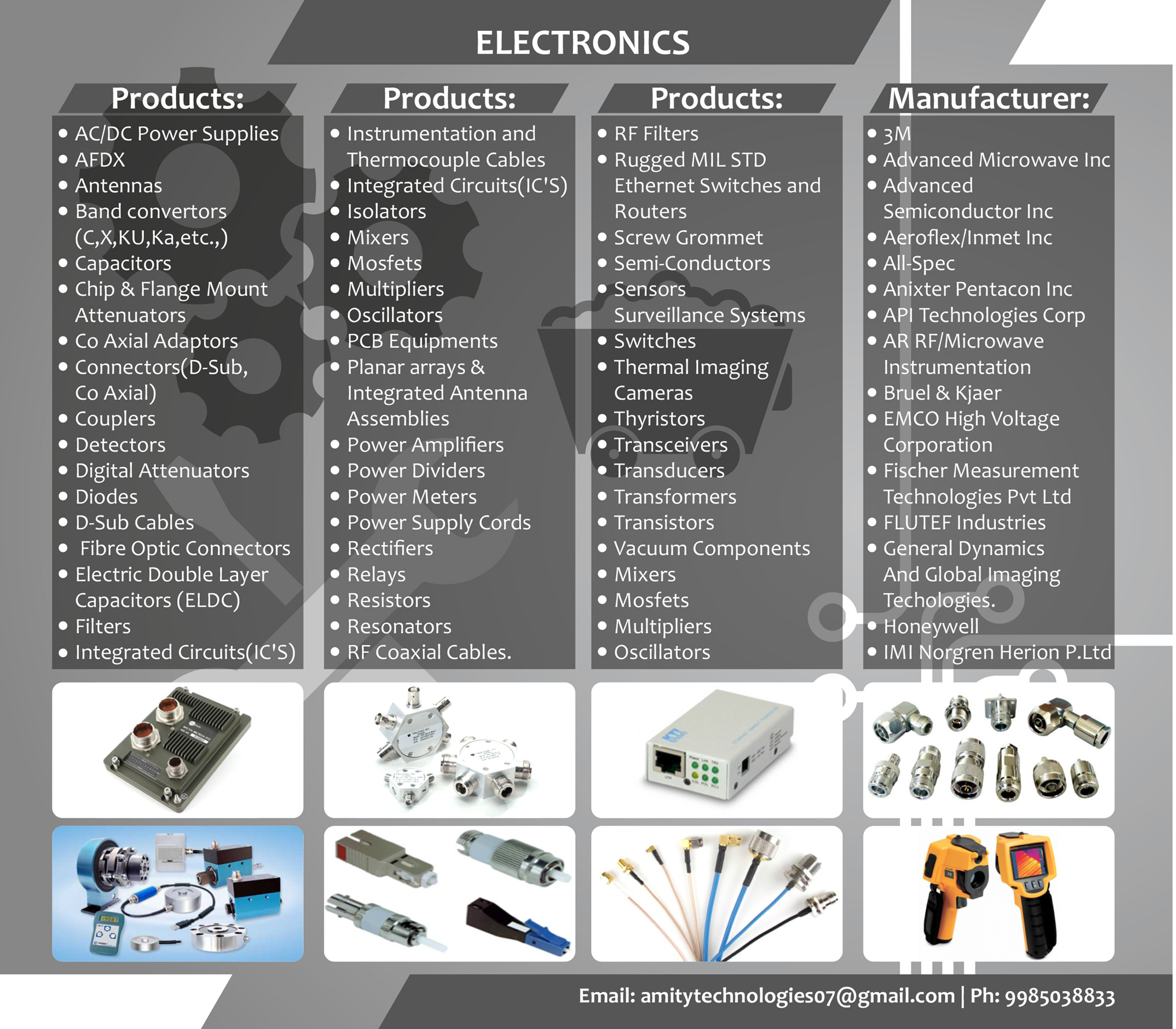India’s defence sector has long been one of the largest in the world, with the country ranking among the top global spenders on military modernization. Within this, defence electronics is emerging as a critical domain. From radars and communication systems to electronic warfare, avionics, and cyber defence, electronics form the backbone of modern warfare capabilities. As India pushes for self-reliance through the Atmanirbhar Bharat initiative, defence electronics represents both a significant challenge and an unprecedented opportunity.
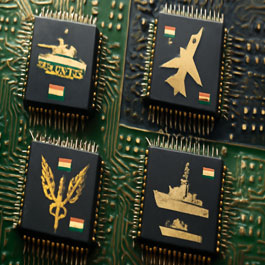
Importance of Defence Electronics
Modern warfare is increasingly technology-driven. The effectiveness of a nation’s armed forces depends less on traditional hardware alone and more on the integration of advanced electronics.
- Surveillance and Reconnaissance – Radars, sensors, and UAV electronics enhance battlefield awareness.
- Communication and Networking – Secure, real-time data exchange across land, air, sea, and space platforms.
- Electronic Warfare (EW) – Jamming enemy communication, protecting against cyber intrusions, and disrupting hostile radars.
- Avionics and Naval Systems – Navigation, guidance, and mission-critical systems depend heavily on electronics.
For India, mastering these technologies ensures not only strategic independence but also strengthens its defence export potential.
Key Challenges in India’s Defence Electronics Sector
- Dependence on Imports
Despite progress, India continues to rely heavily on foreign suppliers for advanced electronics such as high-frequency radars, microprocessors, and missile guidance systems. This raises security concerns and adds to costs. - Technology Gaps
Cutting-edge areas like artificial intelligence in defence, advanced semiconductor design, quantum communication, and hypersonic guidance electronics are still in nascent stages domestically. - Limited R&D Investment
Defence R&D expenditure is relatively low compared to global leaders. Indigenous innovations often face funding bottlenecks and delays in transitioning from lab to deployment. - Skill Shortages
A highly specialized workforce is required to design, manufacture, and maintain advanced electronic warfare and communication systems. Bridging the talent gap remains an urgent need. - Procurement and Bureaucracy
Lengthy approval cycles, complex procurement processes, and lack of collaboration between public and private stakeholders hinder rapid innovation and deployment.
Opportunities for Growth and Innovation
- Atmanirbhar Bharat Push
The government has announced ambitious plans to indigenize defence production, with special focus on electronics. This opens vast opportunities for startups, MSMEs, and private defence firms. - Defence Corridors and Ecosystems
Defence industrial corridors in Uttar Pradesh and Tamil Nadu are being developed to attract investments, foster innovation, and strengthen the supply chain for electronics manufacturing. - Public-Private Partnerships
Collaboration between DRDO, ISRO, BEL, and private sector giants like Tata, L&T, and startups can accelerate technology development and reduce import reliance. - Export Potential
With growing demand for affordable yet reliable defence electronics in developing nations, India can emerge as a competitive exporter in areas such as UAV electronics, radars, and communication systems. - Integration of Emerging Tech
Adoption of AI, IoT, cyber security, quantum communication, and semiconductor design in defence electronics can leapfrog India’s capabilities and create global benchmarks.
The Road Ahead
For India to truly excel in defence electronics, a multi-pronged approach is necessary:
- Increase R&D funding and encourage industry-academia collaborations.
- Invest in semiconductor fabrication and chip design capabilities within the country.
- Promote skill development programs tailored for defence electronics.
- Streamline procurement policies to ensure faster adoption of indigenous technologies.
- Foster an innovation ecosystem that supports startups and SMEs in defence tech.
Conclusion
India’s defence electronics sector stands at a crossroads. While dependence on imports and technology gaps pose real challenges, the country’s policy reforms, industrial corridors, and innovation drive present massive opportunities. If harnessed effectively, India can transition from being a defence electronics importer to a global hub of indigenous innovation and exports, strengthening both its national security and economic growth.

